Synopsis
A young woman travels to Japan in search of a special sound before she goes deaf.
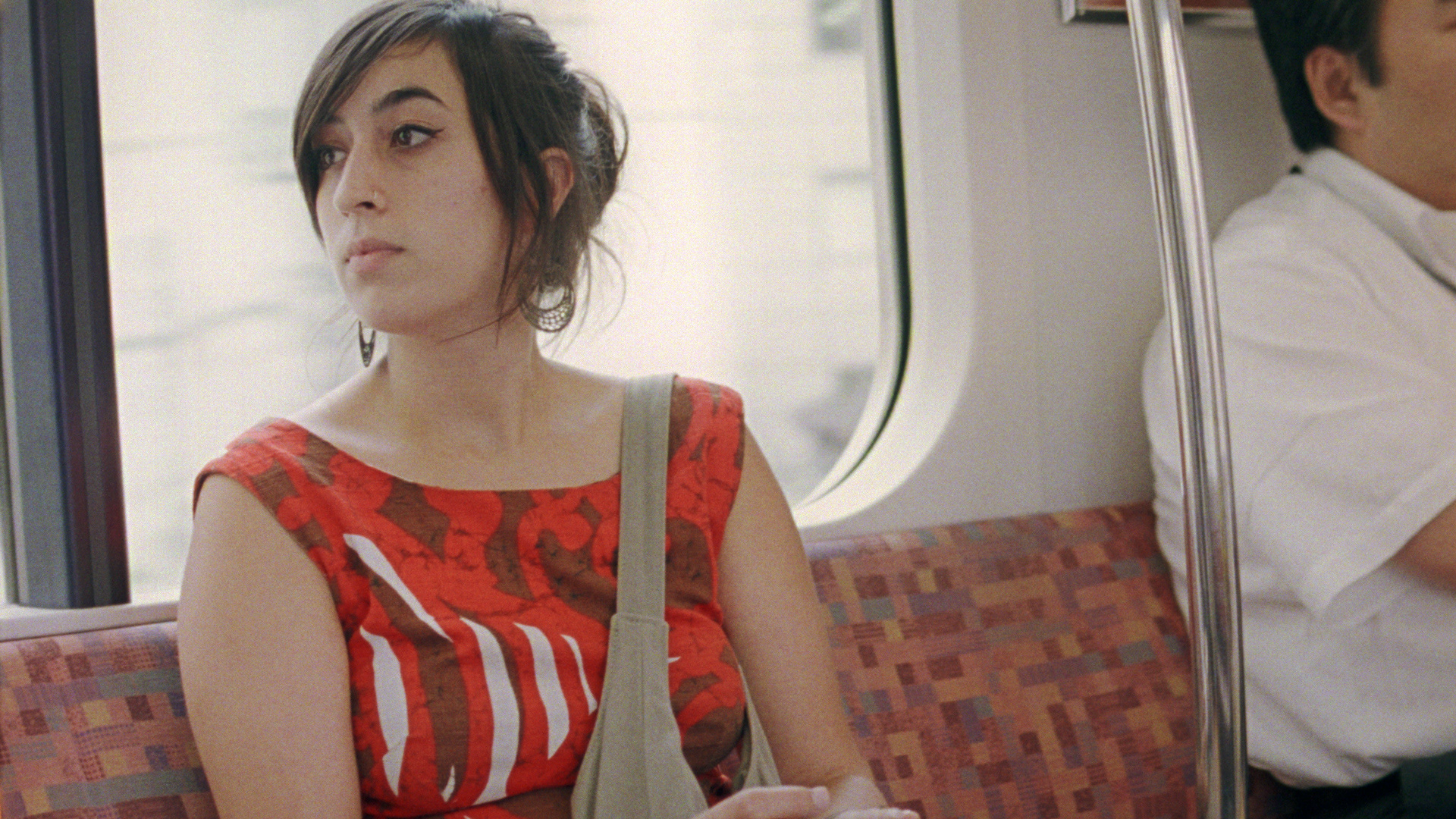
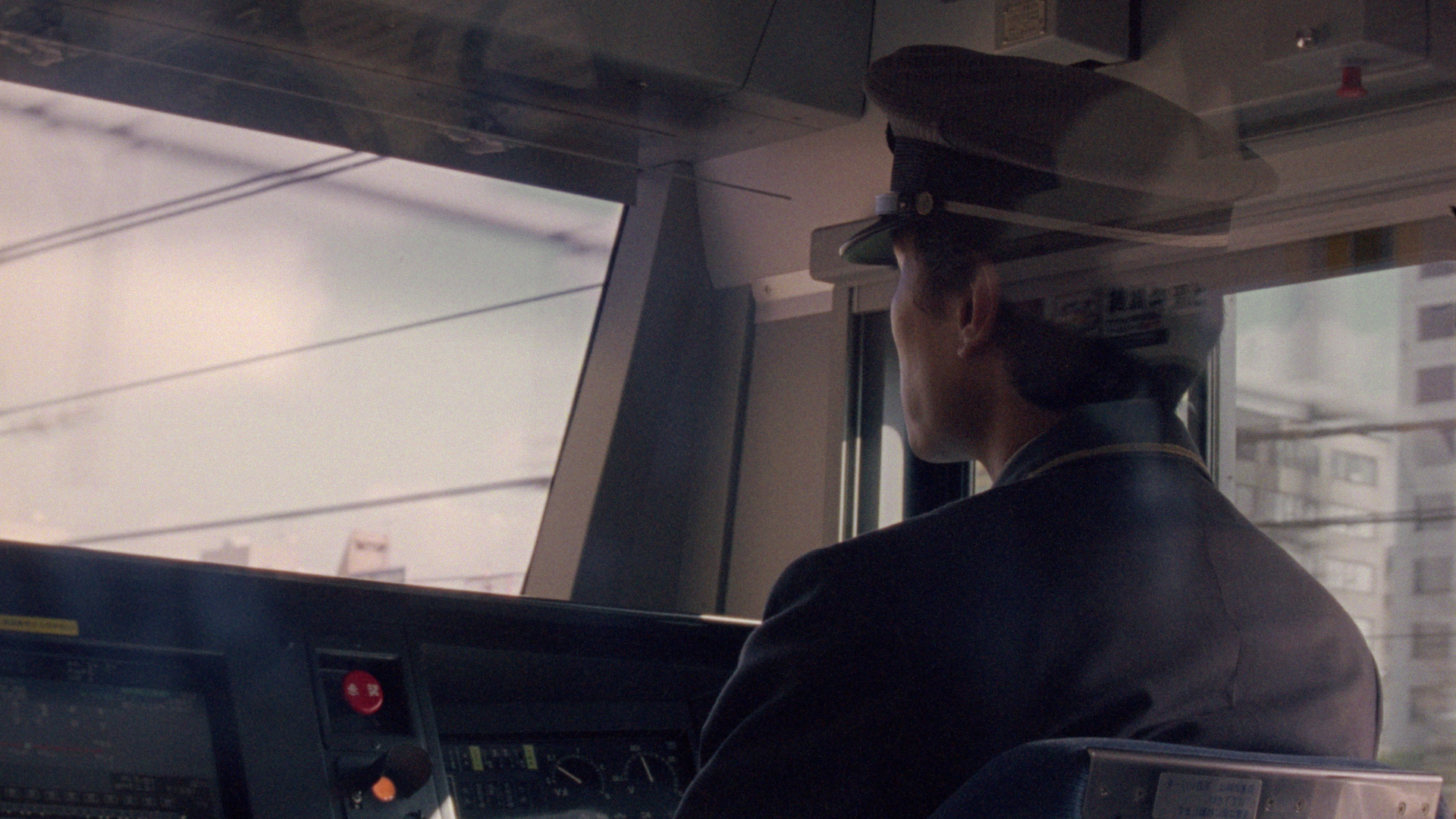
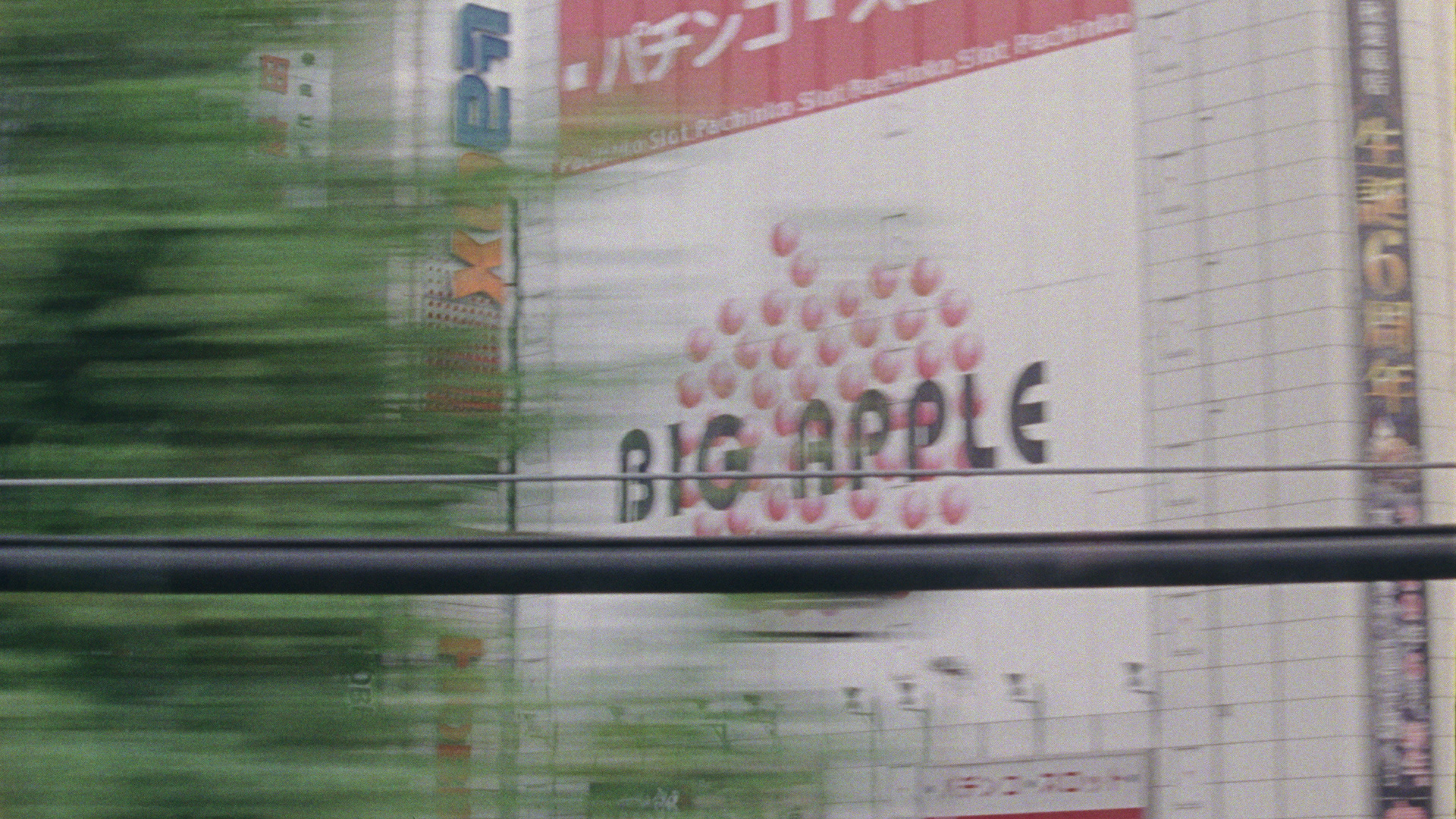
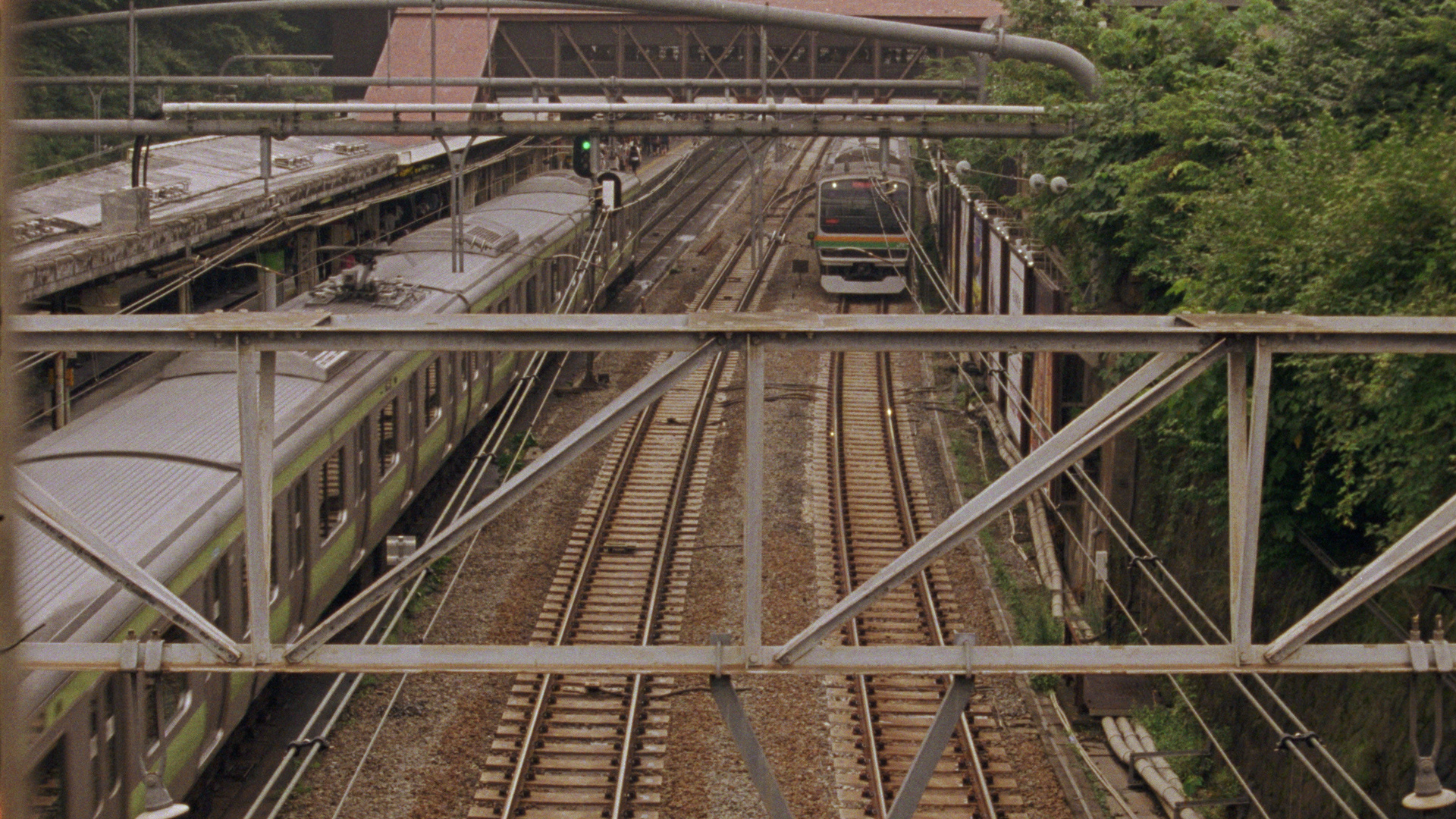

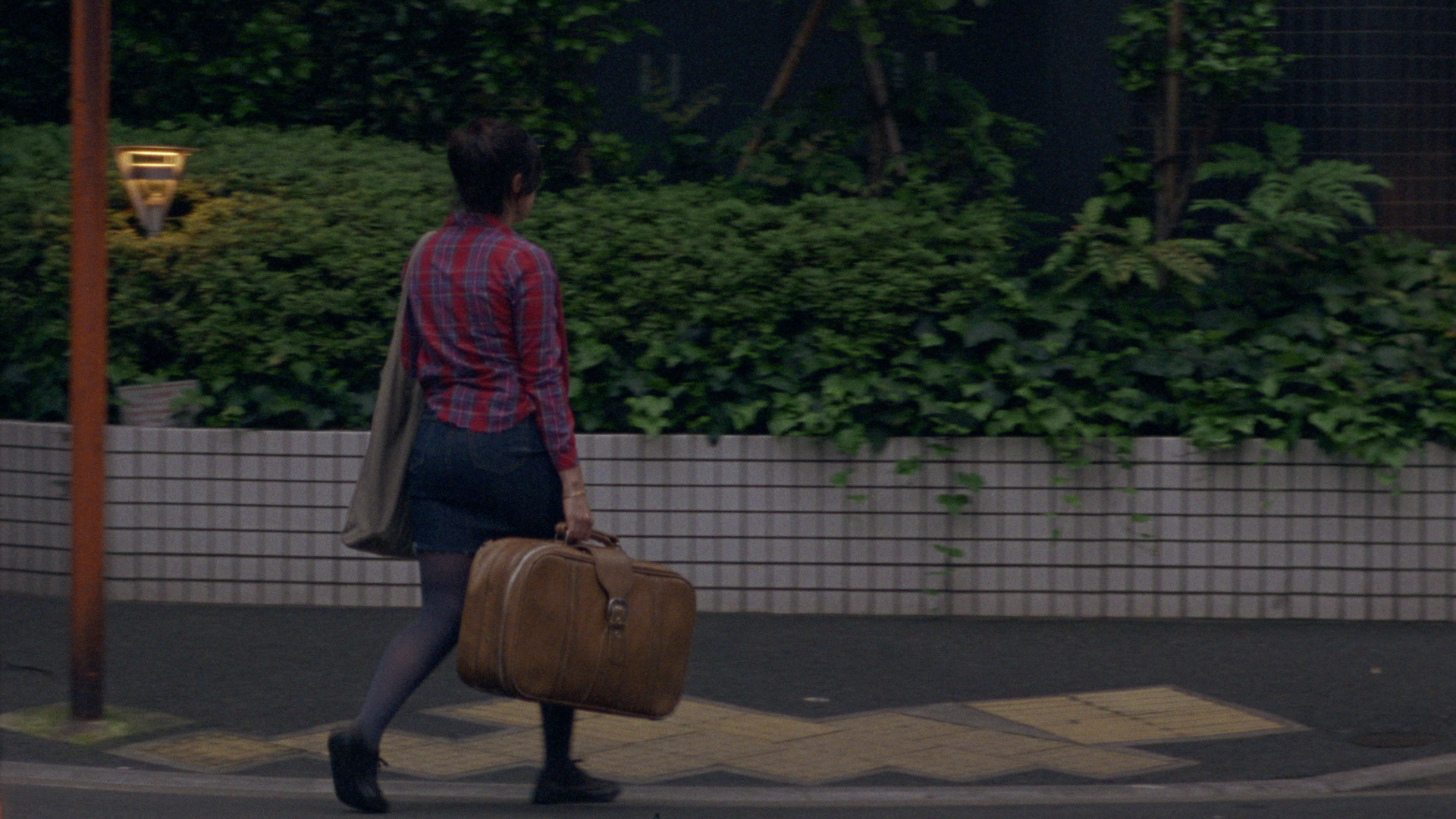
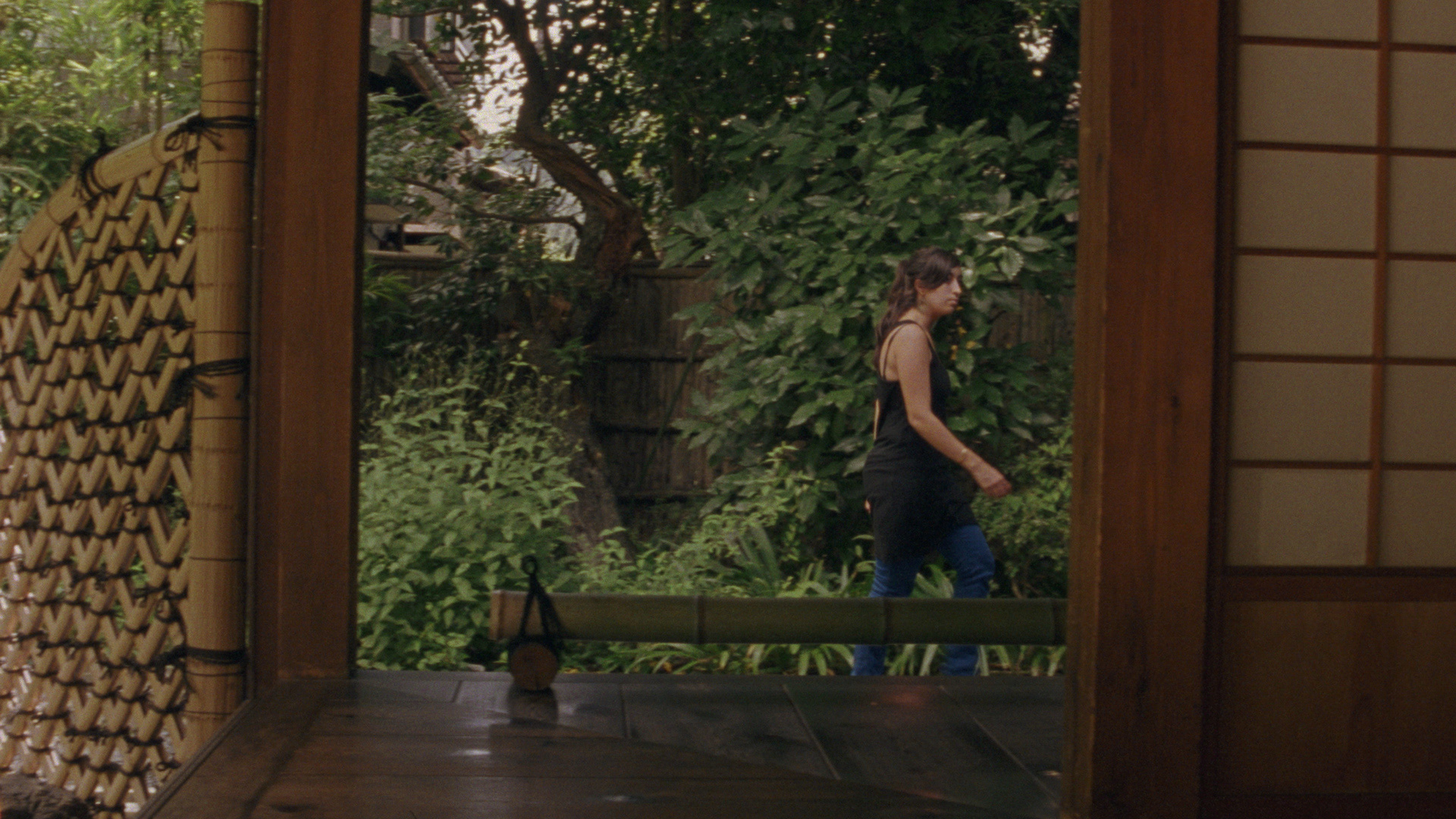
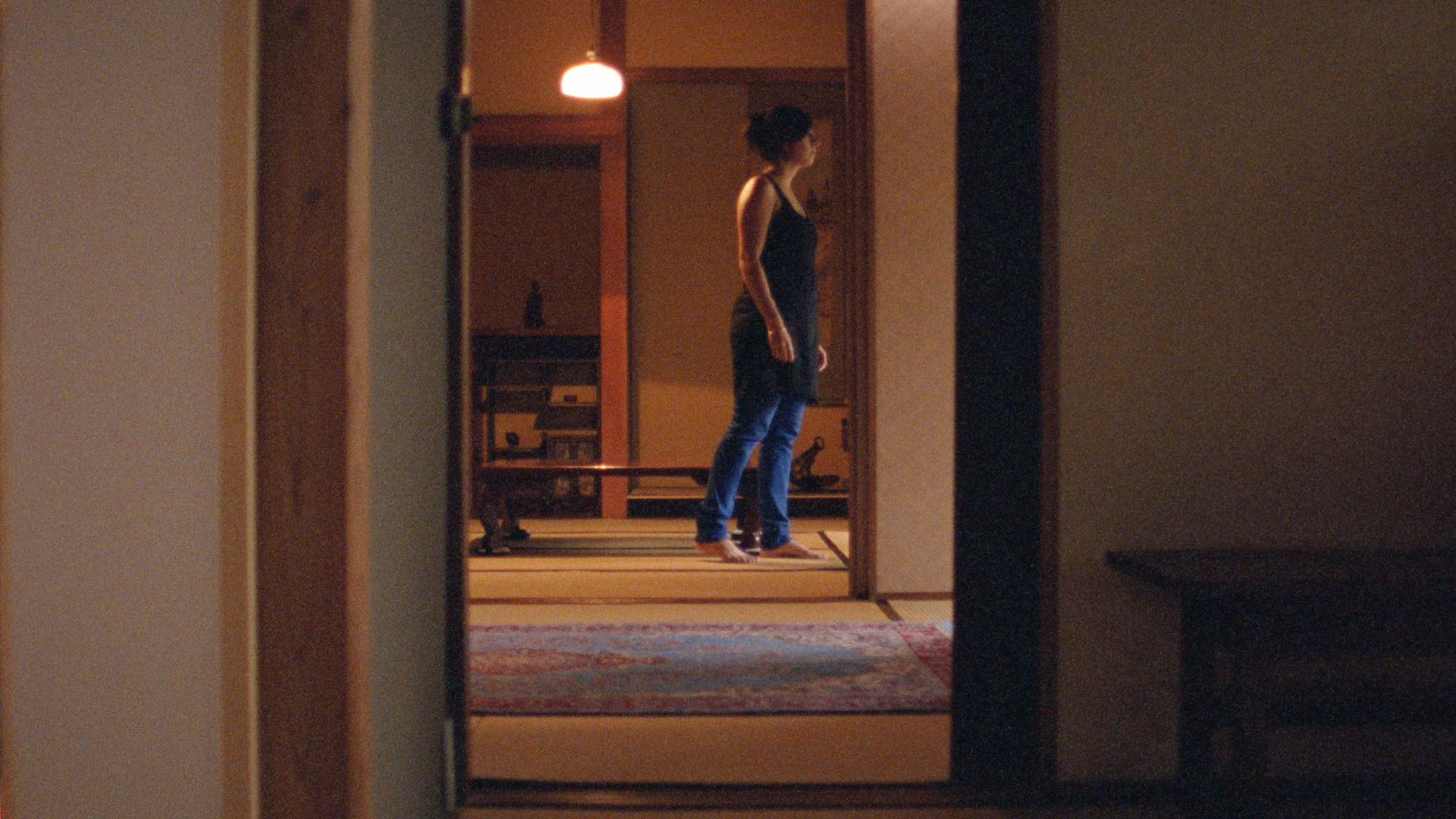
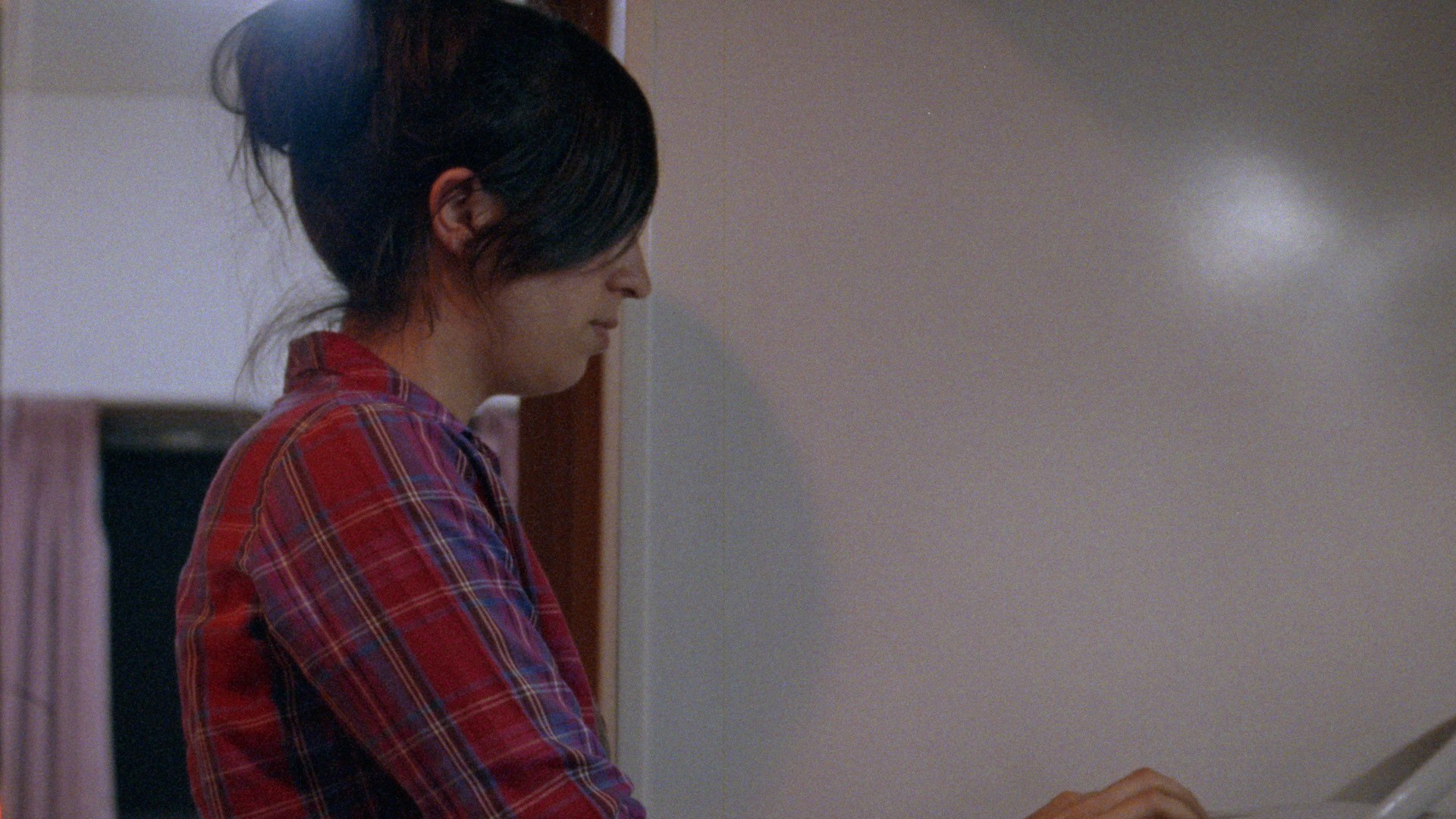
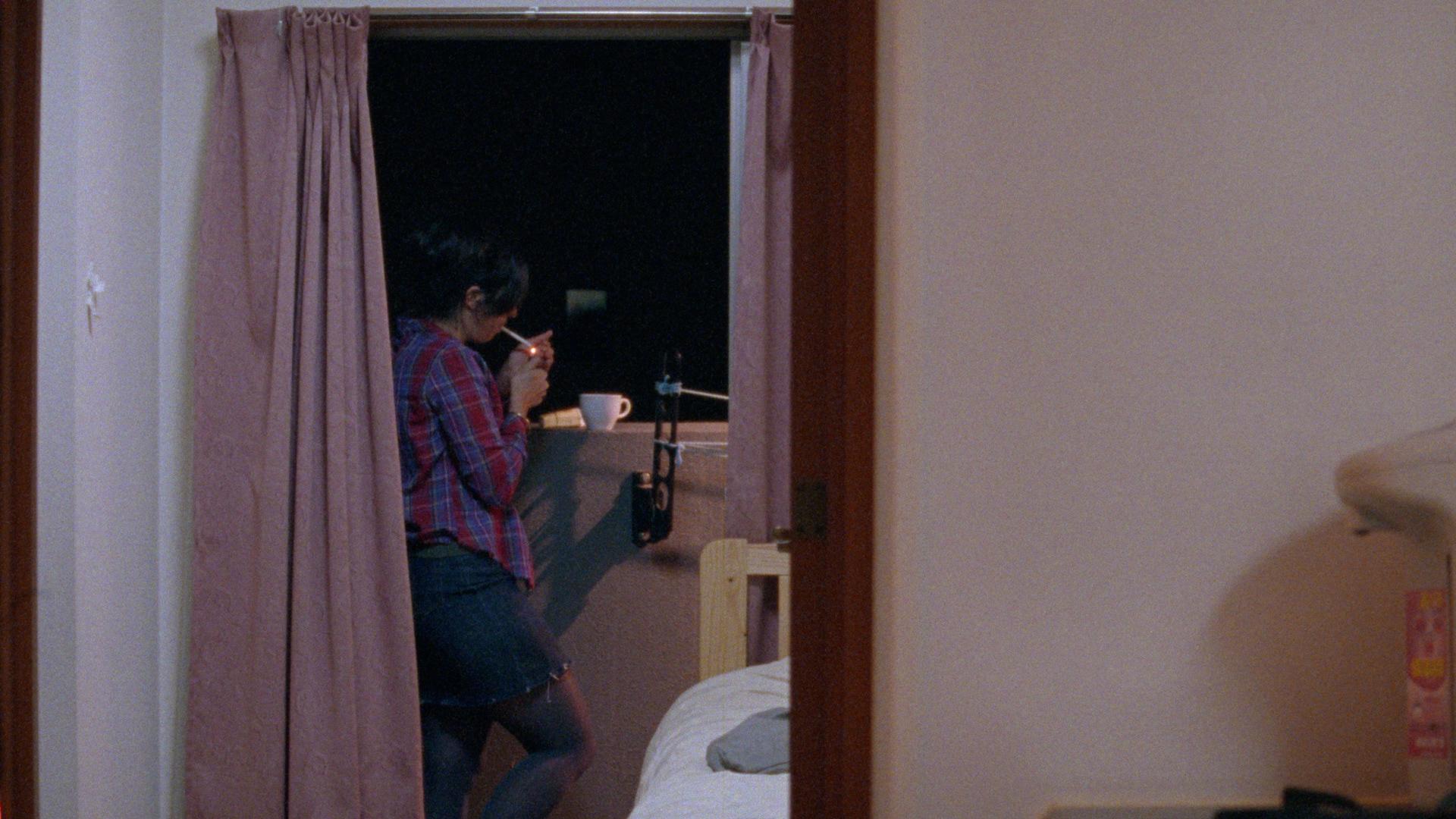



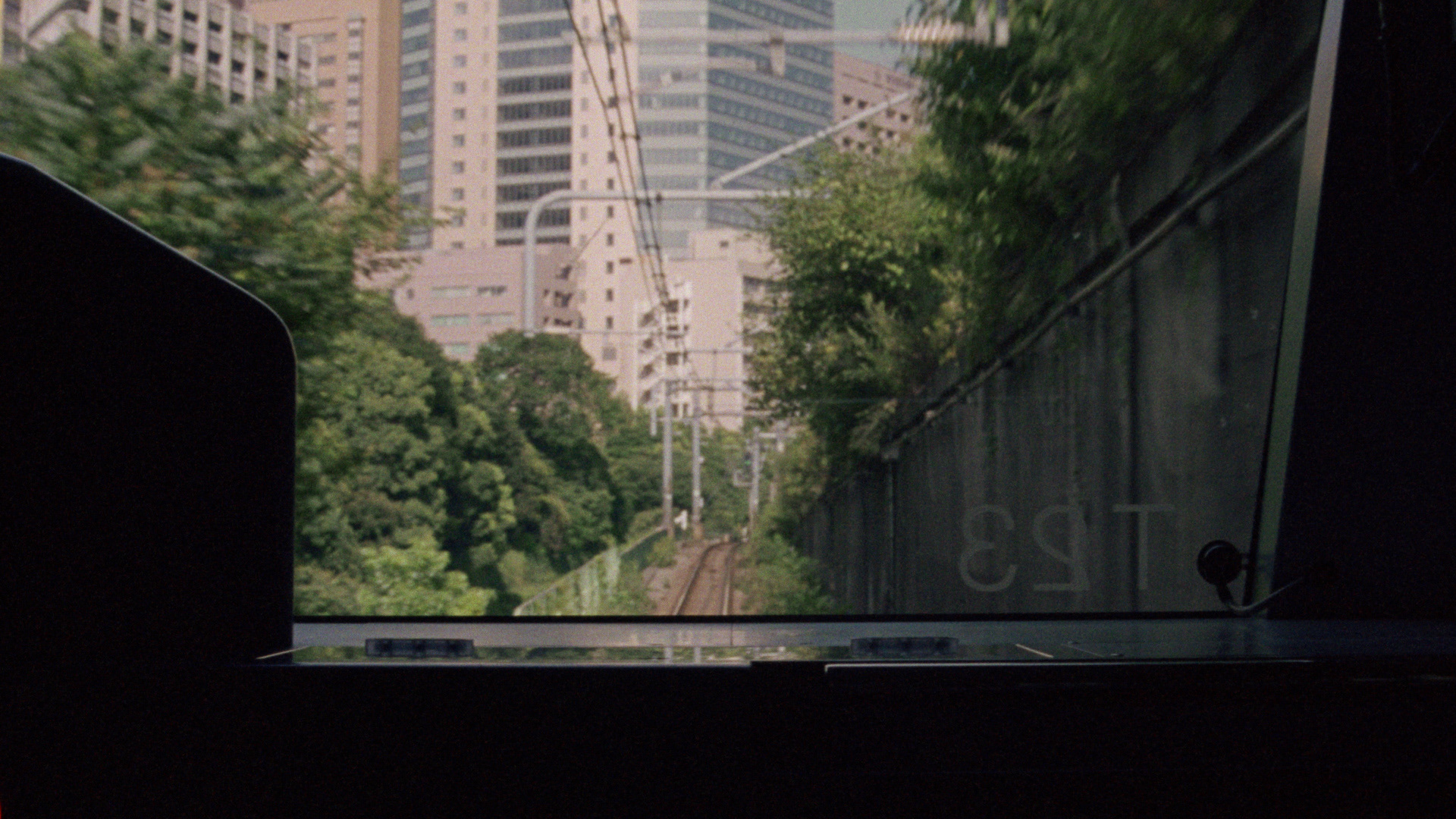
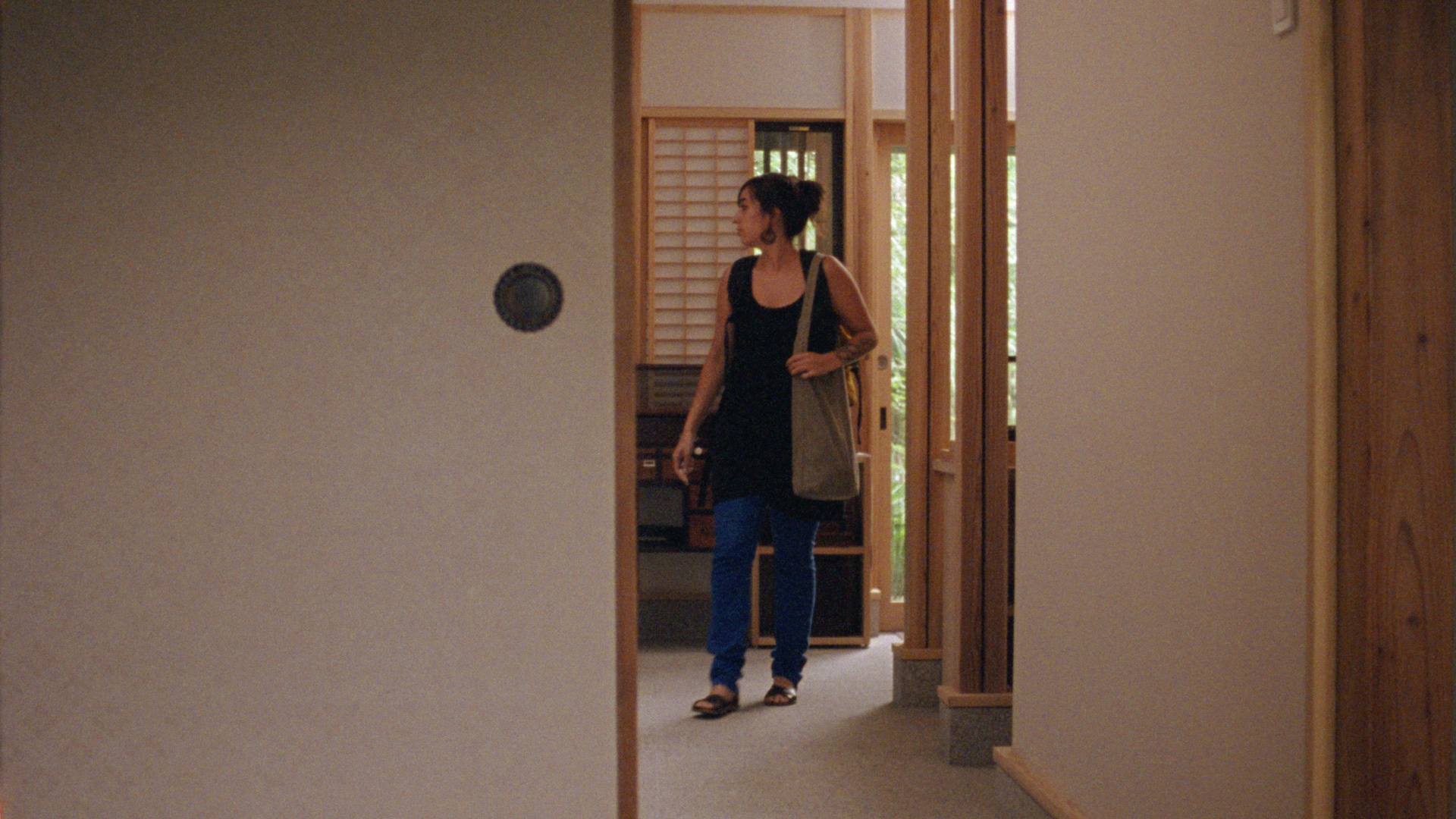

| Another Life still frames
Another Life is my thesis film from my days in the graduate filmmaking program at San Francisco State University. It's the third film in a trilogy that's connected not by story, but by themes and tone.
It's a true spiritual successor to Yumei. When I look at it now, it seems like the same film, but told in a different way. Instead of hints of a darkness lurking beneath the surface of the world the film creates, it hints at something equally mysterious, but less foreboding.
It also started out quite differently than how it ended up, for a few reasons.
We filmed in Tokyo and Kamakura, Japan in the Summer of 2009. Like Yumei and A Visit From Ronin Spider, it was shot on super-16 film on an economical budget.
Originally, it was meant to be a small slice of a larger film project involving the intersecting lives of an ensemble cast of characters. We'd planned to shoot this part first because it didn't involve much dialog or actors, and because I wanted an excuse to make a film in Japan.
However, because we moved ahead with production with just a loose script, it was apparent after shooting was finished that we didn't quite have the material needed to construct the story as initially planned. I was faced with the choice of returning to Japan to shoot more, or simply switch gears and try to turn the film into something completely different.
Obviously I chose the latter, as it was a much cheaper proposition. It was probably the fact that I was forced to apply a new narrative to the footage that it ended up reminding me of Yumei so much, though to the layman, it may not seem similar, especially at first glance.
I won't say too much about the reasoning behind the workings of the story, but suffice to say, it was born from necessity.
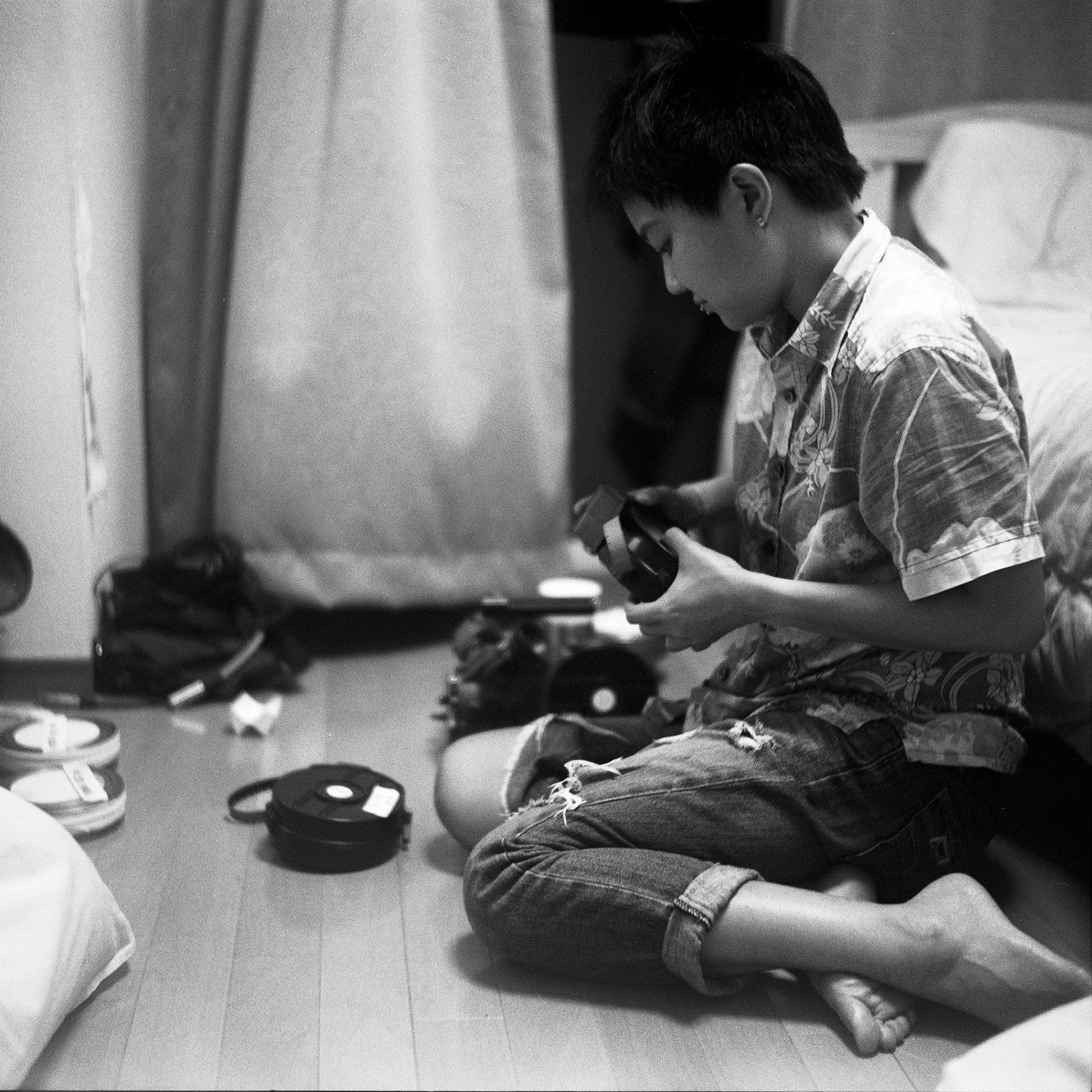

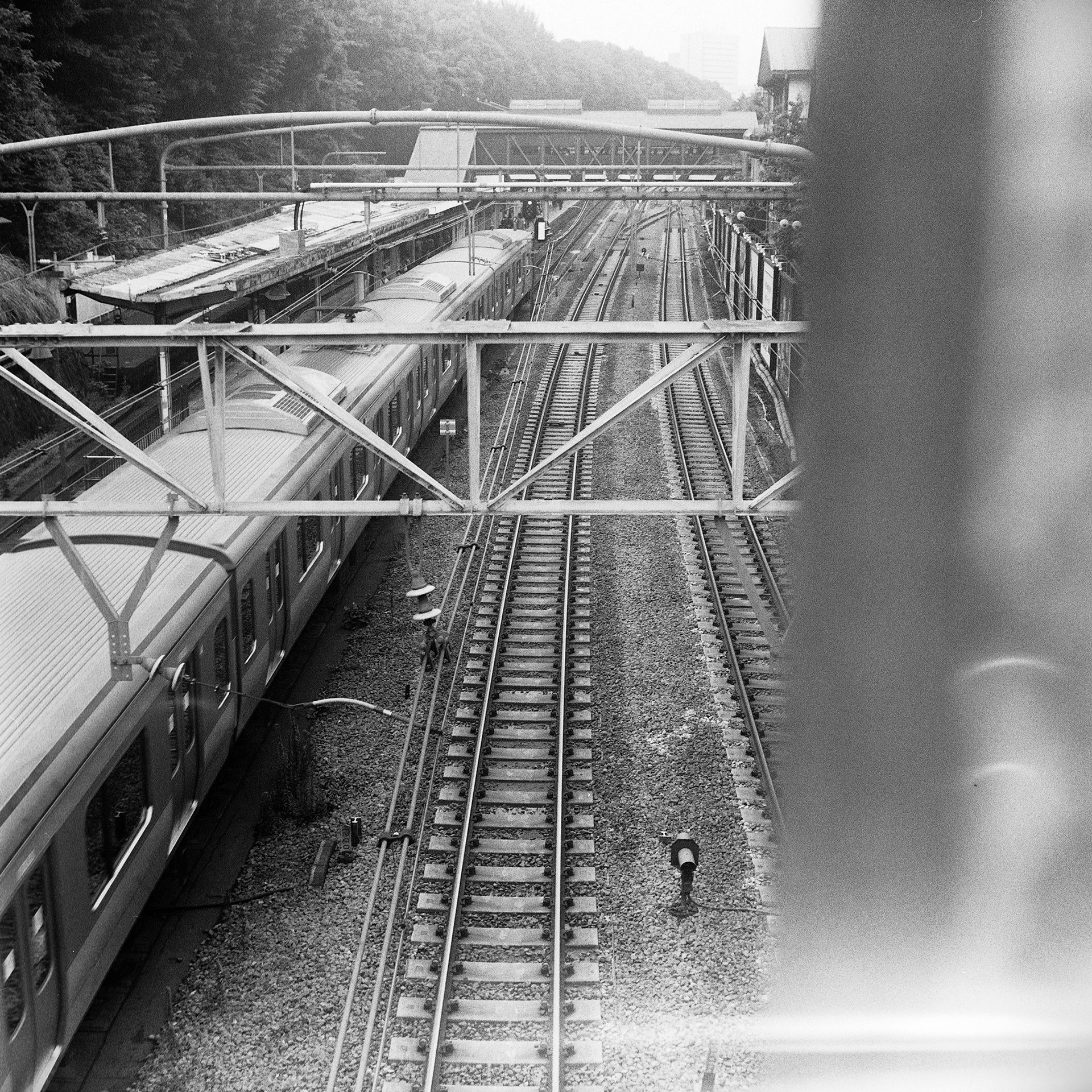




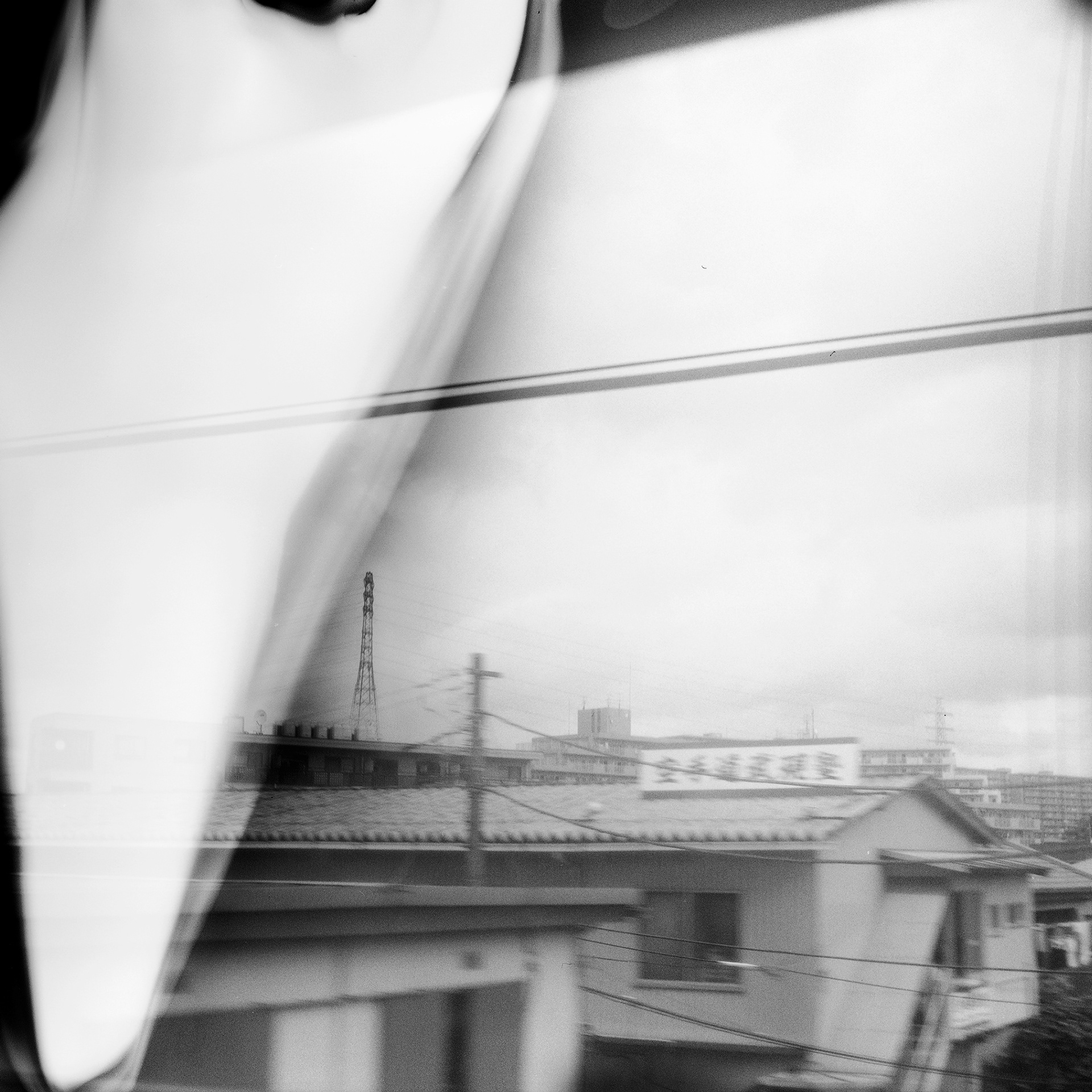
| Another Life BTS photos
Like Yumei and A Visit From Ronin Spider, it also suffered from having a poor-quality video transfer. Because of this and the fact that I never felt like I'd really cracked the story, I let this project sit in obscurity until I was finally able to do a proper film scan, and rework the story to the point where I felt satisfied with it as a whole.
Seeing it now is really satisfying for me. Not only for its visual beauty, which it oozes, thanks to our brilliant cinematographer, Marcia Ong (who also lensed the other films in the trilogy), but also because of its minimalist story, which hides much beneath the surface. There really isn't much happening in the film, but each scene is ripe with symbolism and details for the discerning eye.
It's the kind of film I enjoy–one that doesn't give anything away easily, but that's conducive to multiple viewings thanks to the many layers of meaning worked into every scene.
If you feel inclined to watch it, I'd love to hear what you think. It's quite possible it may not be your cup of tea, but that's fine. I enjoy hearing the good and the bad that people have to say, and whether you vibe with it or not, I consider it a proper calling card for my aesthetic sensibilities and style. Watching this is like sitting inside my mind for 11-minutes. It may teach you a bit about me, and maybe a bit about yourself as well. I hope you enjoy.
Cast
Scenery Samundra – "The Traveler"
Mackenzie Mathis – "Childhood Friend"
Key Crew
Mackenzie Mathis – Director, Screenwriter, Editor, Sound Designer
Michiko Kurokawa – Producer
Marcia Ong – Cinematographer
Shota Tanimoto – Location Sound
Ikuko Takasaki – Production Assistant
Larry Manke – Offline Colorist